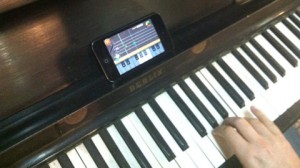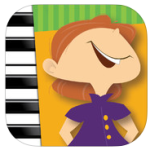 Making Music Fun’s Piano Primer — $1.99 for iPad only.
Making Music Fun’s Piano Primer — $1.99 for iPad only.
Many of you are perhaps familiar with the Making Music Fun website, which contains a variety of free worksheets and sheet music. MMF created Andrew Fling has recently released his first iPad app, which is essentially a digital version of his Piano Primer PDF.
From within the app, students can read from the 19 pieces of sheet music, listen to recordings of each piece, and easily view a “Note Name/Keyboard Chart.”
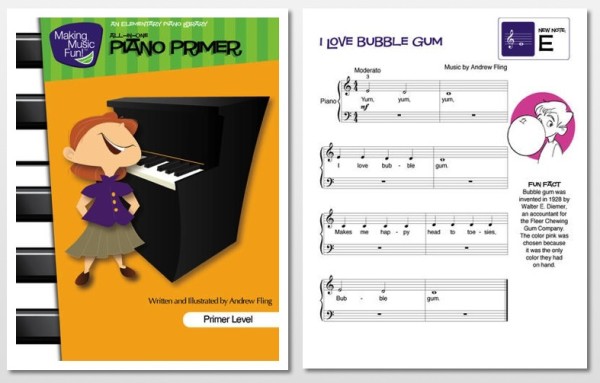
A note about the pedagogy of this primer: It uses the Middle C Reading Approach. It begins with on-staff note reading with the thumb on C. In all of the pieces, students play in C position. Keyboard layout, rhythmic elements (rhythm values and time signatures), staff/keyboard correlation, and fingering are briefly taught during the four-page introduction.
Although I would not use this app as a core method book with a beginner student (due to its pedagogical approach), I do think the pieces from the app have practical use as supplemental pieces. My only complaints about the app itself is that (1) one cannot print the music from the app, and (2) page numbers are missing. I plan to download the PDF to my GoodNotes app so that I can conveniently print during the lesson.
I love the idea of having music available for students to play within an app, especially with recordings of the music so readily available within the app.
Disclosure: I received a free download of the MFF app but I was under to obligation to write a positive review. I always write my honest opinions!
Andy has offered two promo codes for a giveaway. Leave a comment on this post to enter — tell me about your Spring Recital plans if you have them! (My Spring Recital is tomorrow!) The winner will be randomly drawn on Wednesday, March 19, 2014.


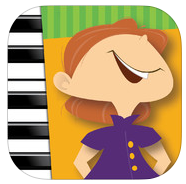

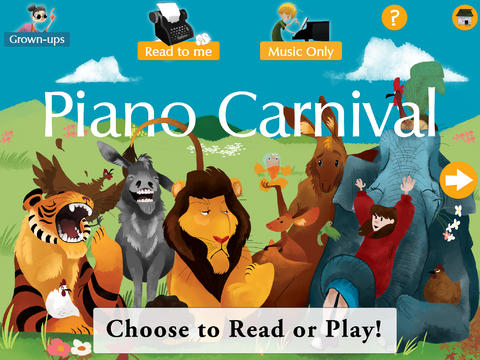
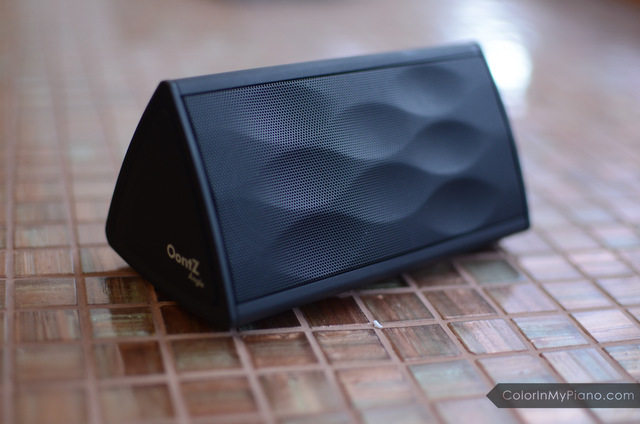
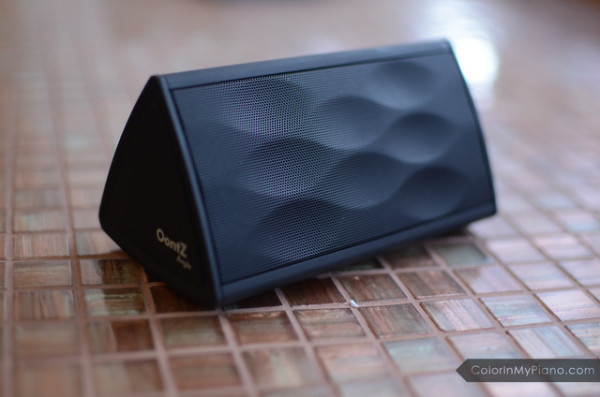
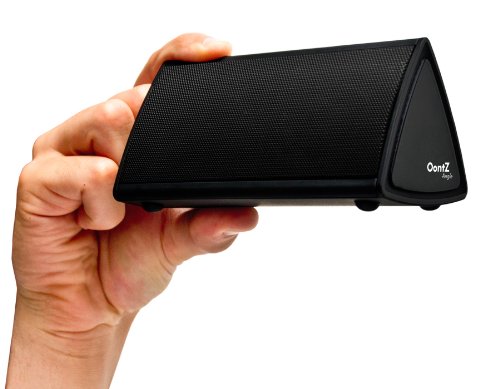
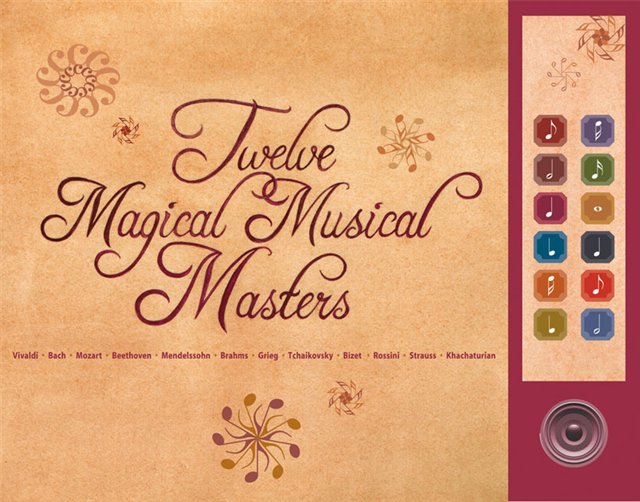
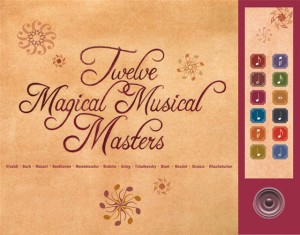 “Twelve Magical Musical Masters” is a book containing the stories of twelve well-known classical composers. Each page features an illustration and a short bio that encourages the reader to press a button to hear the accompanying music.
“Twelve Magical Musical Masters” is a book containing the stories of twelve well-known classical composers. Each page features an illustration and a short bio that encourages the reader to press a button to hear the accompanying music.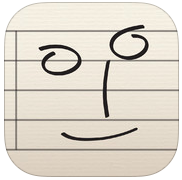


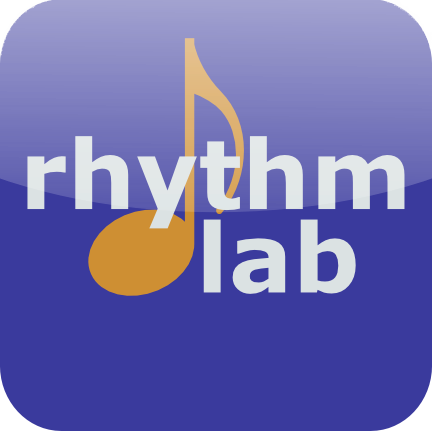
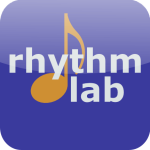 Rhythm Lab
Rhythm Lab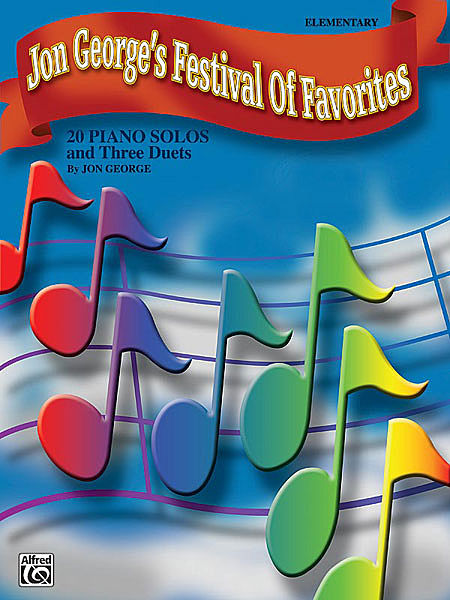
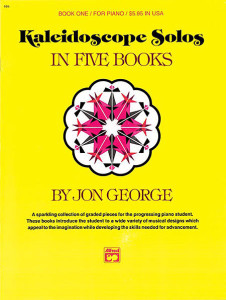
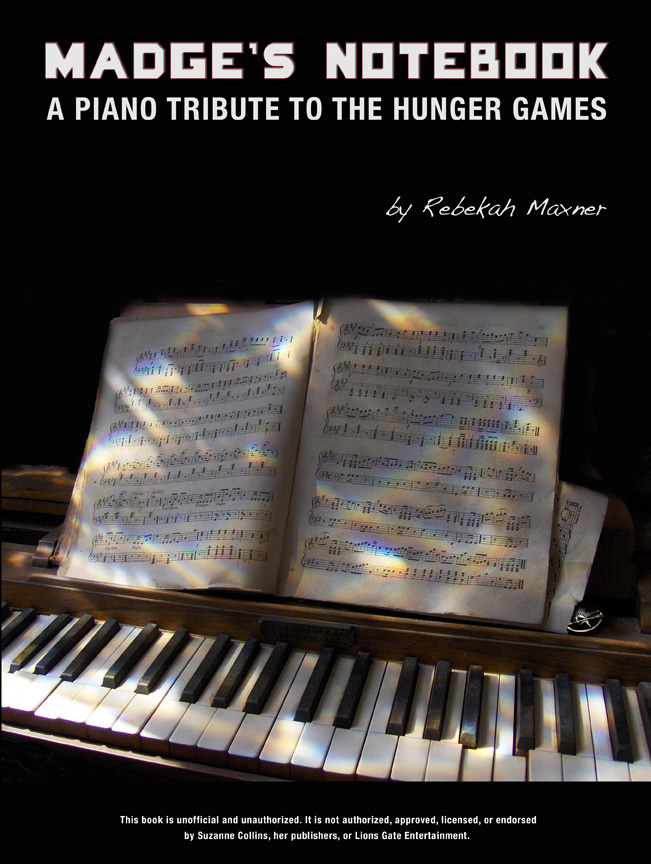
 This summer, Canadian composer Rebekah Maxner has released a new book, “Madge’s Notebook: A Piano Tribute to The Hunger Games.” When Rebekah emailed me to ask if I’d be willing to review her book, I told her I wasn’t sure if she would want me to review it since I have not yet read the popular “Hunger Games” books. (I know, am I out-of-the-loop or what?) 🙂 She replied that she nonetheless would like to me to review the books — after all, the music should be able to stand on its own. I’m glad Rebekah felt that way, because I enjoyed checking out her music!
This summer, Canadian composer Rebekah Maxner has released a new book, “Madge’s Notebook: A Piano Tribute to The Hunger Games.” When Rebekah emailed me to ask if I’d be willing to review her book, I told her I wasn’t sure if she would want me to review it since I have not yet read the popular “Hunger Games” books. (I know, am I out-of-the-loop or what?) 🙂 She replied that she nonetheless would like to me to review the books — after all, the music should be able to stand on its own. I’m glad Rebekah felt that way, because I enjoyed checking out her music!
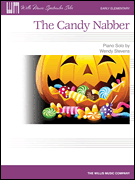 Wendy Stevens from
Wendy Stevens from 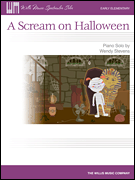

 Remember
Remember 
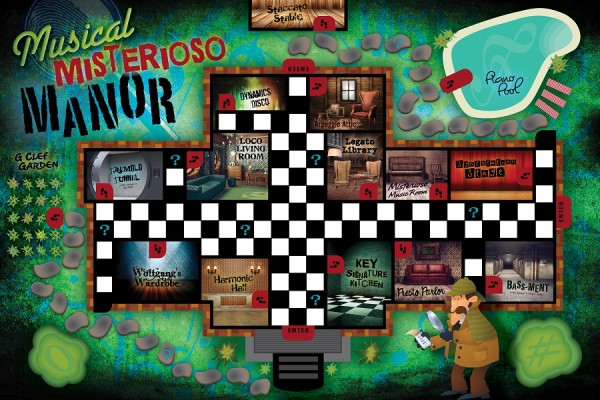
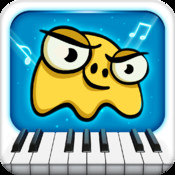
 Piano Dust Buster
Piano Dust Buster